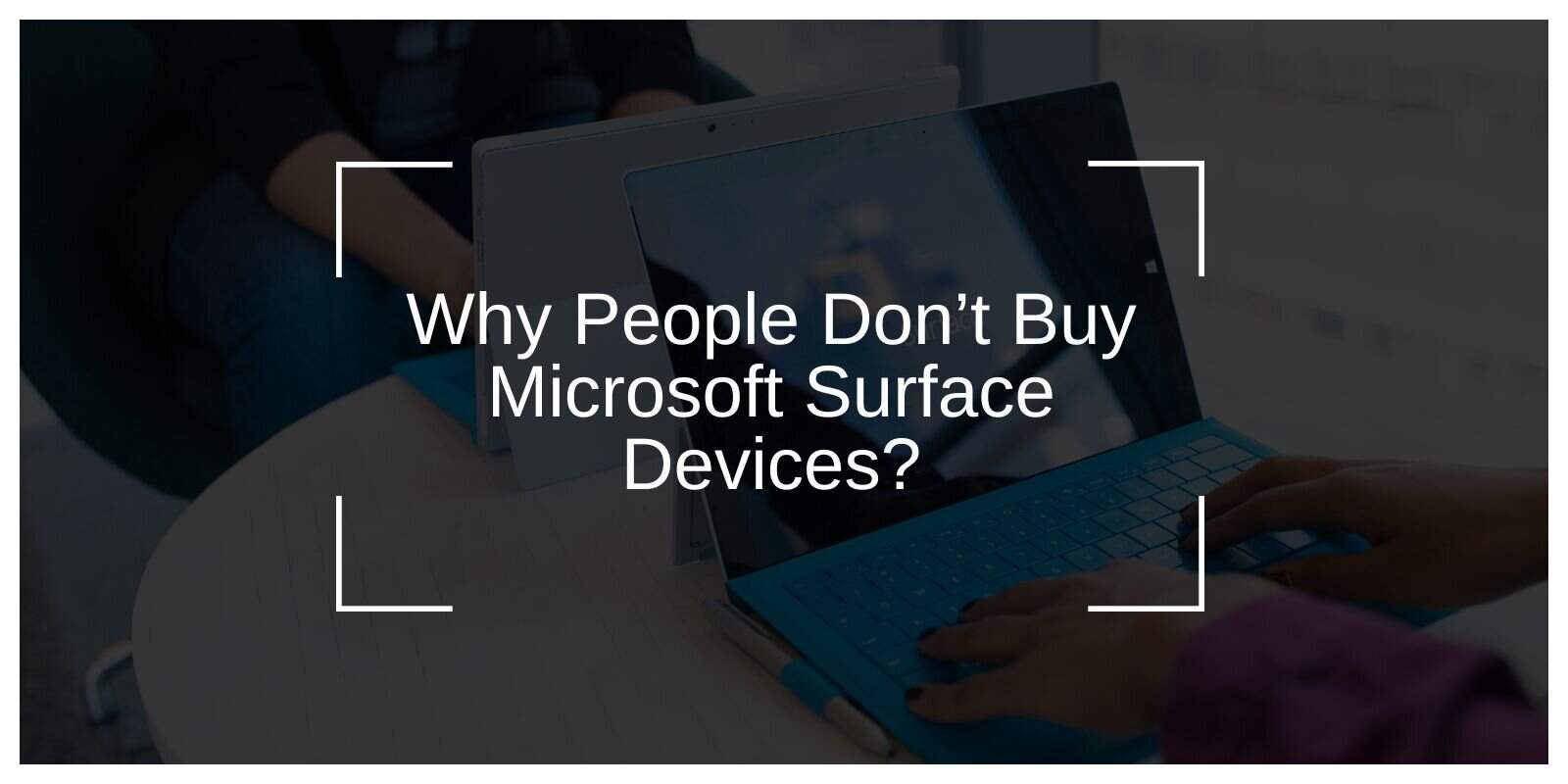Microsoft Surface devices offer solid performance, a sleek look, and premium build quality. Yet despite being in the market for over a decade, the Surface lineup hasn’t reached the same popularity as Apple’s MacBooks or iPads. This article explores why Surface remains a niche brand, even though it competes in multiple segments of the laptop and tablet market.
What Is the Microsoft Surface Line?

Microsoft Surface includes laptops, 2-in-1 hybrids, and foldable devices. These products are made by Microsoft, not third-party companies, and are meant to show the best of the Windows experience.
The lineup includes:
- Surface Pro: a 2-in-1 tablet-laptop hybrid
- Surface Laptop: a standard clamshell laptop
- Surface Go: a smaller, budget-friendly version of the Pro
- Surface Duo: a dual-screen Android device with foldable design
These products are marketed as high-end devices meant to compete with Apple and top PC brands like Dell and Lenovo.
High Quality, Low Reach: What’s Missing?
Surface devices get strong reviews for screen quality, design, and portability. They offer a premium feel and support touchscreens, stylus input, and lightweight use. But most buyers still choose Apple or Chromebooks over Surface.
This gap comes from several issues. Surface pricing sits at the high end of the market, yet it lacks wide adoption. In schools, businesses, and casual home use, Surface is rarely the first choice.
Price Point Problems Compared to Competitors
Price is one of the main reasons Surface struggles. When compared to Apple and other Windows laptops, it lands in a difficult spot.
| Device | Starting Price | OS | Audience |
|---|---|---|---|
| Surface Pro 9 | $999 | Windows 11 | Hybrid users |
| MacBook Air M2 | $1099 | macOS | Professionals |
| iPad Pro + Magic Keyboard | $1098 | iPadOS | Creatives/Students |
| Dell XPS 13 | $899 | Windows 11 | General users |
Surface doesn’t win in price or performance. And since the keyboard and pen are sold separately, the total cost can feel higher than similar devices.
Confusion in the Product Lineup
Microsoft has created many Surface models, but the differences between them aren’t always clear.
- Surface Laptop vs Surface Laptop Studio: both have similar names, but serve different types of users
- Surface Go vs Surface Pro: look alike, but differ in speed, build, and price
- Surface Pro X: runs on ARM, not all Windows apps work properly
For new buyers, this makes the decision harder. Clear model tiers help brands like Apple, but Surface has overlapping products with small but confusing differences.
Windows Isn’t Optimized for Tablets
While Surface Pro works as a tablet and a laptop, its software still favors laptops.
Windows 11 supports touch, but the experience doesn’t match Apple’s iPadOS. Many apps aren’t built for touch input. Button sizes, gestures, and animations feel off compared to Android tablets or iPads.
This mismatch makes Surface less useful in tablet-only mode, even though the hardware supports it well.
Surface vs Apple and Chromebook: A Market Share Issue
Microsoft Surface continues to trail behind in global sales. According to recent market data:
| Brand | Estimated Units Sold (2023) |
|---|---|
| Apple (iPad + Mac) | Over 90 million |
| Chromebook vendors | Over 30 million |
| Microsoft Surface | Around 6–8 million |
Even with marketing and regular updates, Surface hasn’t broken into the top tier of personal computing sales.
Limited Retail and Visibility Hurts Adoption
Surface devices don’t have the retail presence that Apple or Samsung products enjoy.
- Microsoft closed its physical stores in 2020
- Fewer demo units are found in large electronics stores
- In many countries, Surface devices aren’t even stocked locally
- There’s little to no advertising compared to Apple campaigns
Without hands-on demos, fewer people get to test Surface before buying. That slows down interest and word-of-mouth growth.
Conclusion
Microsoft Surface offers high-end hardware, solid design, and advanced features. But problems with pricing, confusing models, limited presence, and a weak tablet experience hold it back.
For Surface to become truly popular, Microsoft needs clearer messaging, better retail presence, and improved Windows touch support. Until then, Surface will remain a good product with limited reach.

